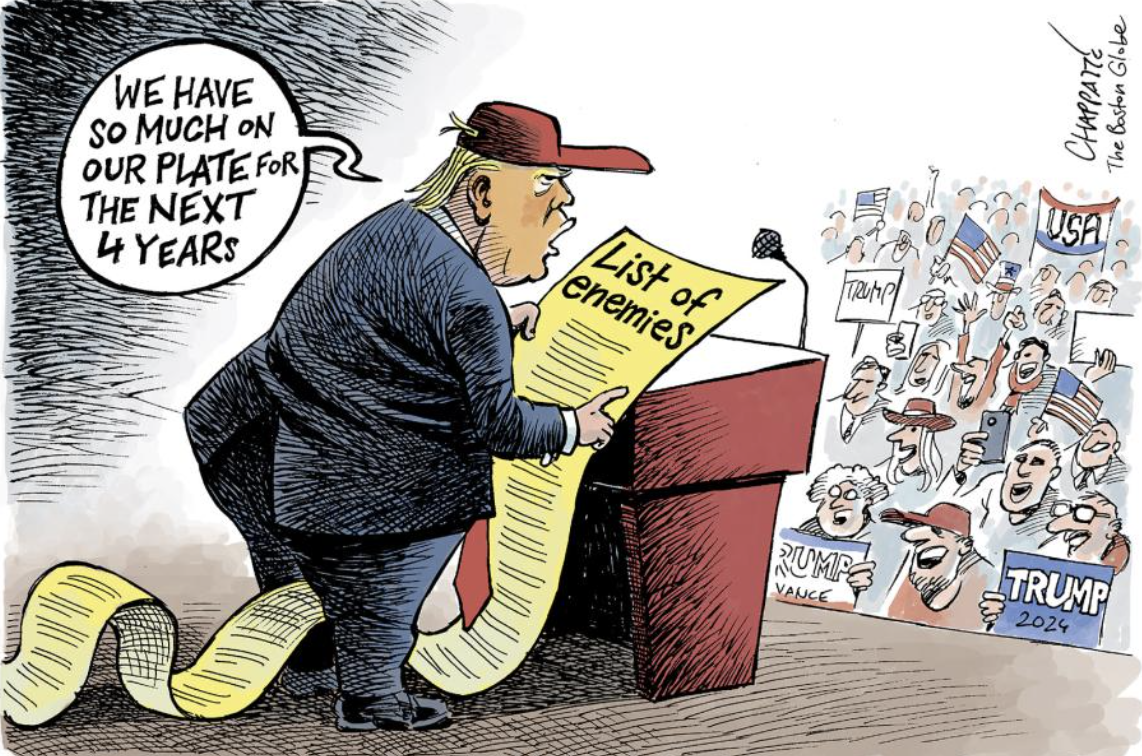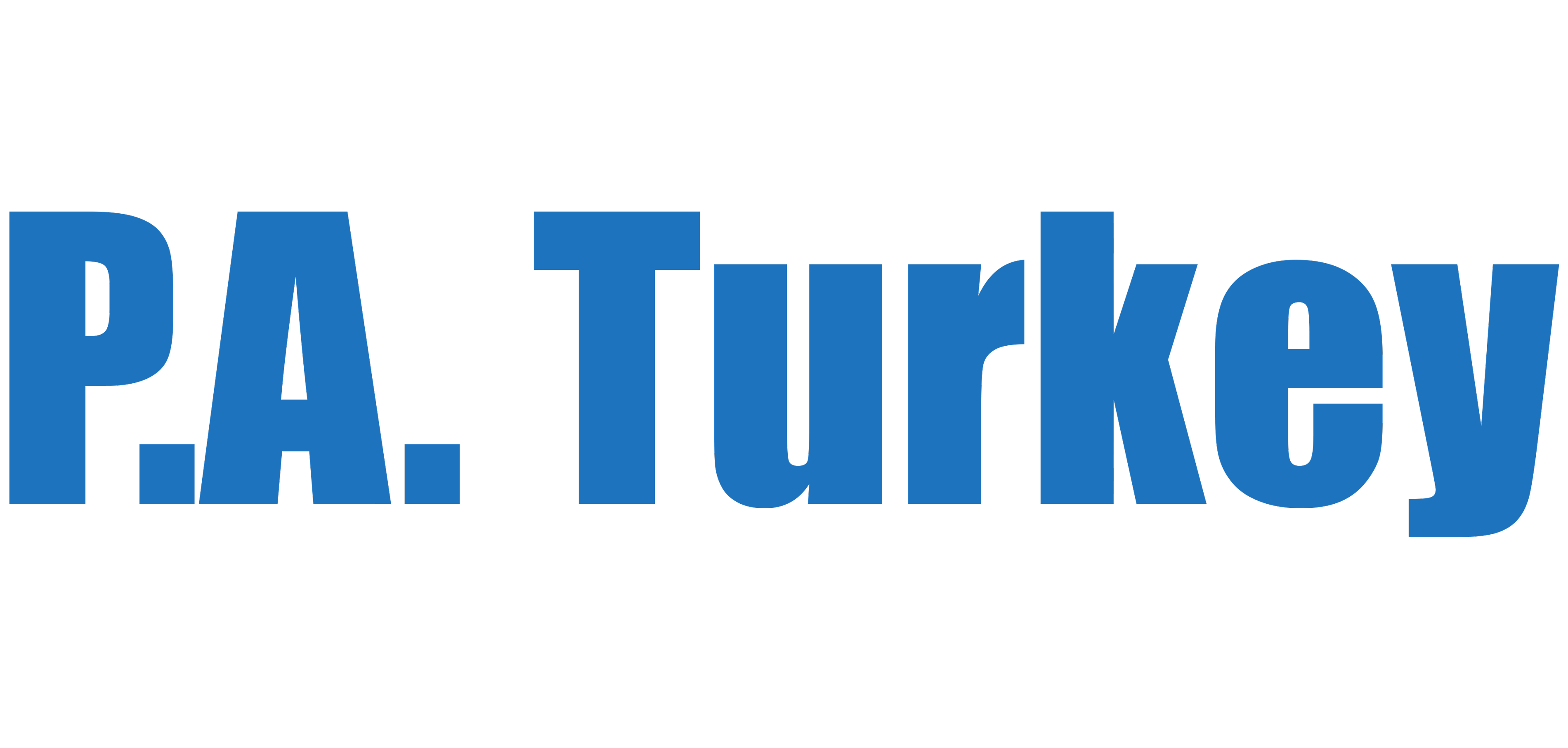Trump’s Trade Tariffs Pose Risks—and Opportunities—for Turkey Amid Shifting Economic Landscape
 trump
trump
Turkey’s trade relationship with the U.S. has entered uncertain territory, as President Donald Trump’s tariff policies continue to reshape global commerce. While the effects remain difficult to quantify on such volatile ground, analysts suggest that Turkey may benefit from being in the minimum 10% tariff group, owing to its balanced trade relationship with the U.S.
According to end-2024 data, Turkey exported $16.4 billion worth of goods to the U.S. while importing $16.3 billion, resulting in a nearly neutral trade balance. This balance helped Turkey avoid higher duties imposed on other nations, though Trade Minister’s recent comments suggest eliminating the 10% tariff through negotiations appears unlikely.
Textiles May Gain; Tech Sector May Lag
Turkish exporters are now focused on leveraging shifting tariff structures to gain market share. With U.S. consumers potentially shying away from high-tariff imports, Turkish-made goods could become more price competitive, especially in sectors where Turkey competes with China, India, South Korea, and Italy.
Economist Mahfi Eğilmez explains:
“Turkey’s textile sector could gain a competitive edge, as its rivals are now subject to tariffs beyond the 10% baseline. Turkish textiles will enter the U.S. market at lower prices, boosting demand.”
However, high-tech exports may struggle, as Turkey lacks strong competitiveness in that area. Eğilmez suggests forming joint ventures with Asian manufacturers to produce advanced goods under Turkish brands, thereby enjoying Turkey’s tariff advantages.
“Still, there’s no guarantee the U.S. won’t eventually raise tariffs on Turkey too,” he cautions.
Food Prices Drive Inflationary Pressure
The sharpest increases came from unprocessed food, with prices rising 10.2% month-on-month, pushing annual food inflation up to 37.1%. Factors include:
-
Structural inefficiencies in agriculture
-
Climate volatility
-
Supply chain disruptions
While core inflation indicators such as Core C and Core B indexes showed moderate month-on-month increases (1.5% and 1.3% respectively), the annualized, seasonally adjusted inflation rose to 38.6% in March—the highest since October 2024.
Monetary Policy Outlook Clouded by Political Unrest
Under normal circumstances, such inflation data might have prompted the Central Bank of the Republic of Turkey (CBRT) to cut interest rates—possibly by 250 basis points in its April 17 Monetary Policy Committee (MPC) meeting.
However, the political climate has shifted dramatically. Since Mayor Ekrem İmamoğlu’s arrest on March 19, political tensions have fueled financial volatility, forcing the CBRT to sell $30 billion in foreign reserves to stabilize the Turkish lira (TRY).
As of March 28, Turkey’s gross reserves had fallen to $156.5 billion, and net reserves to $32.4 billion. In just two weeks, net reserves plunged by $14.5 billion.
No Rate Cut Expected—Rate Hike Still a Possibility
Given the circumstances, a rate cut at the April MPC meeting appears unlikely. In fact, should market conditions deteriorate, rate hikes could re-enter the conversation, though a 350 bps hike like Goldman Sachs suggested is not expected just yet.
“A premature rate cut would accelerate reserve losses and trigger further lira depreciation,” one analyst warned.
The April inflation figures, expected to reflect the full impact of lira weakness, will be critical in determining policy direction. For now, CBRT appears likely to hold rates steady, adopting a wait-and-see stance amid deepening political and economic uncertainties.



